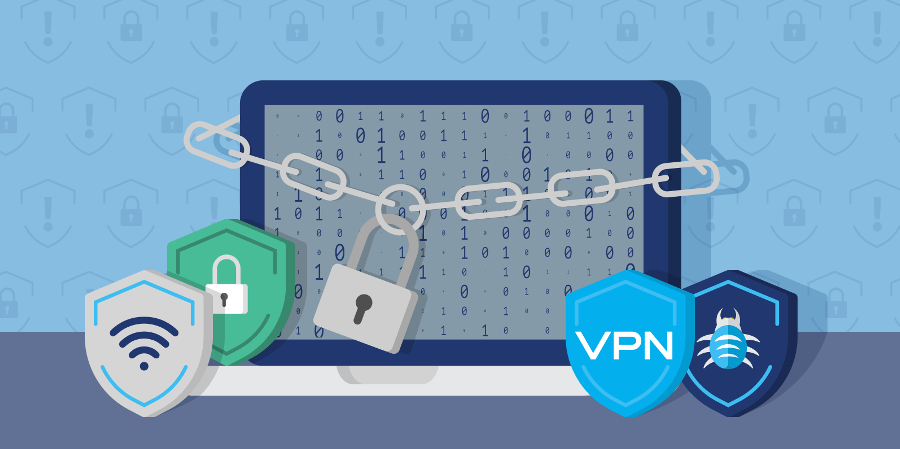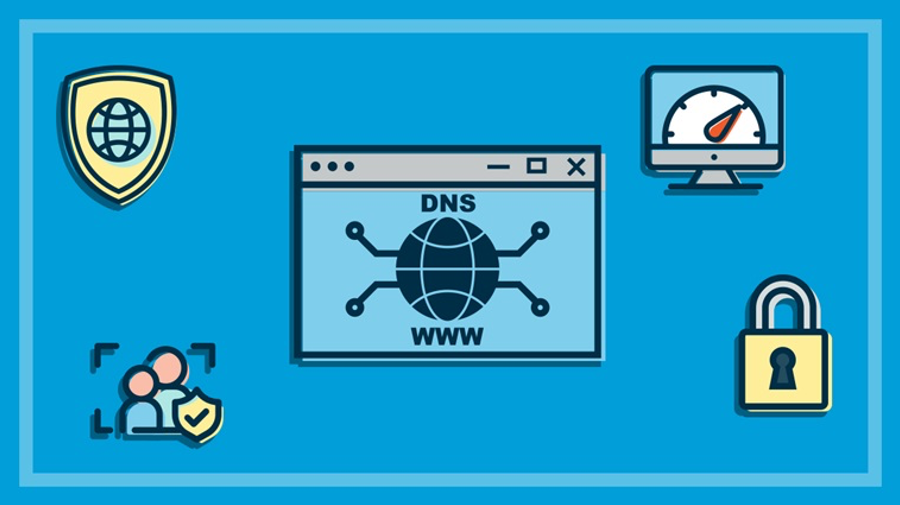
Nearly 25% of active Internet users adopt free or paid VPN services, as revealed by recent surveys. They do it primarily to boost online privacy, safeguard themselves from potential cyber threats, and thwart third-party trackers. However, when attempting to access certain websites and streaming services, these VPNs may get blocked. Streaming services especially often struggle with VPNs because, under the terms of their contracts, they cannot display content in certain regions. Are you ready to give up yet? What if you try bypassing VPN blocks? Let's figure it out.
How to Bypass VPN Blocks for Streaming Services?
#1 Find a Better and Reputable VPN Service
To choose a VPN that is both secure and reliable, it is important to consider certain factors. Not all VPNs can bypass geo-blocks, so it's essential to know what to look for. Here are the key features to consider when selecting a VPN to bypass blocks:
- Opt for a VPN with a large server fleet. More servers provide more options to unblock content.
- Look for VPNs that offer obfuscated servers. This hides the fact that you're using a VPN and helps you access restricted content.
- Ensure the VPN offers a range of tunneling protocols, like WireGuard, for super-fast speeds.
- Consider VPNs with dedicated IP addresses. This makes it harder to identify your connection as going through a VPN tunnel since you always connect with the same IP address, which is encrypted.
#2 Switch To Another Server
Maybe a particular VPN server is down, blacklisted, or simply belongs to a region where the streaming service is not available. For example, if you want to unlock Paramount Plus, start by analyzing where it is available and stable. If you are using a VPN for watching Paramount Plus, then you should connect to servers in the US or EU. Try switching between multiple servers until you get the desired result. If you don't understand what we're talking about, first figure out how to use a VPN. Usually, the interface is simple and a selection of servers is available on the main screen.
#3 Change Your IP Address
To bypass VPN blocks, we recommend altering your IP address by switching to a different server. Some IPs may be blocked if they are detected as belonging to VPNs and are listed accordingly. However, using a reputable VPN service grants access to numerous servers, significantly increasing the likelihood of going unnoticed.
Another option is utilizing obfuscated servers, which add extra encryption to your data as it travels through the VPN tunnel. This ensures that your traffic remains undetected and doesn't get associated with a virtual private network tool. Instead, it appears as an ordinary browsing activity.
#4 Using Obfuscated Servers
Sometimes, when facing a VPN block, connecting to a server that is obfuscated, or using a "stealth mode" or "stealth protocol," can be the sole solution for bypassing it. This particularly applies to individuals residing in countries like China, where ISPs employ Deep Packet Inspection to identify VPN traffic. These servers are beneficial because they frequently establish connections through ports commonly used by email providers, websites, and other vital services, which consequently reduces the chances of being blocked.
#5 Change VPN Settings
VPN services typically offer a range of protocols to establish secure connections and safeguard your data in an encrypted tunnel. You can experiment with several of them. Often some protocols work better than others. Pay special attention to the following protocols and port settings:
- WireGuard: When combined with a powerful VPN tool, WireGuard offers a highly secure solution. It allows users to prevent data exposure, defend against cyber attacks, and enhance connection reliability.
- Open VPN: This protocol operates on TCP and UDP ports, creating a secure site-to-site connection.
- IPSec: This protocol suite guarantees securely encrypted connections between devices.
- Shadowsocks: Based on the SOCKS5 server, this open-source encryption protocol serves as a tunneling proxy, helping bypass restrictions to access censored or hidden content.
#6 Change the DNS Settings

Your ISP may block access to VPN servers, but you can bypass this by adjusting your DNS settings. Some public DNS providers to consider are Cloudflare (1.1.1.1, 1.0.0.1), Google (8.8.8.8, 8.8.4.4), and OpenDNS (208.67.222.222, 208.67.220.220).
Adjusting your DNS settings can also be an alternative to using a VPN, especially when a website is blocked at the DNS level. However, it's important to note that this method operates differently from a VPN as it does not encrypt your traffic. Instead, it simply allows you to unblock websites restricted by your ISP.
#7 Clear Cache and Cookies
From these pieces of data, websites can understand that you have changed your IP address through a VPN. For example, you just connected to a server in the UK, and now you have moved to the USA. This is easy to track and your access may be limited. There is a solution, you just need to clean these temporary files. The combination Ctrl + Shift + Del works in almost all browsers. A window should open to clear the browser history; you also need to activate cookies and cache. All you have to do is select a period and click on the “Clear History” button.
#8 Create an Alternative Tunnel
One way to bypass VPN blocks involves modifying the tunnel that carries your VPN traffic. There are two main options for achieving this: SSH tunneling and SSL/TLS encryption. SSH tunneling adds an extra layer of encryption to your traffic. This is accomplished by introducing another device that receives the data and connects it to a remote VPN server. By utilizing this method, you can fortify your traffic and reduce its vulnerability to VPN blocks. However, it is important to note that employing this technique may adversely affect your connection speed. SSL/TLS encryption, also known as Secure Sockets Layer, is commonly employed in HTTPS protocol to safeguard data during transit. Appropriate utilization of this additional layer of protection allows you to conceal your VPN connection and prevent it from being detected.
Conclusion
Streaming services look at DNS servers. take into account geolocation data, look at information about available ports, and conduct a deep inspection of traffic only to detect our VPN. The struggle between us, who want to watch films freely without regional restrictions, and the rights holders continues. Everyone has their own position and no one wants to give in. We can still watch movies and TV series through a VPN, but sometimes additional steps are needed. You will find their list and description above.
Share this post
Leave a comment
All comments are moderated. Spammy and bot submitted comments are deleted. Please submit the comments that are helpful to others, and we'll approve your comments. A comment that includes outbound link will only be approved if the content is relevant to the topic, and has some value to our readers.

Comments (0)
No comment